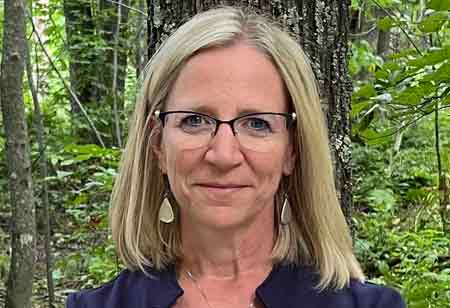Thank you for Subscribing to Healthcare Business Review Weekly Brief

A Systematic Approach to Radiology Workforce Stabilization: Recruitment, Retention and Technological Optimization
Healthcare Business Review
Healthcare systems across the U.S. are navigating a critical shortage of radiologic technologists, with implications for patient access, operational costs, and staff well-being. By leveraging educational partnerships, targeted recruitment, workforce development, and operational tools, organizations can aim to establish resilient radiology staffing models that reduce agency reliance and promote long-term sustainability.
Our organization, like many others, is facing increasing workforce pressure from a shrinking radiology labor pool, rising demand for imaging services, and growing financial strain due to reliance on agency staffing. We needed to develop a sustainable solution, which required a coordinated, system-level strategy that addresses both immediate and long-term needs. Here is the roadmap to build our integrated health system’s comprehensive plan to stabilize and optimize radiology staffing through targeted recruitment, retention initiatives, and operational alignment.
Methods
A systemwide action plan was developed to reduce agency spending and increase recruitment and retention of radiologic technologists. The plan spans five areas of focus:
1.Pipeline Development
• Partnerships were established with local, regional and national academic institutions to support online, hybrid, and accelerated training pathways.
By investing in pipeline expansion, professional development, and operational alignment, an organization can move beyond short-term fixes and build a stable, more agile and sustainable workforce for the future
• Internal workforce development included support for Limited Scope Operator (LXMO) certifications and structured education-to-employment (E2E) programs.
2.Recruitment Innovation
• Targeted campaigns like our boomerang initiative were launched to re-engage former employees.
• A student engagement strategy was implemented, with monthly outreach and event-based appreciation initiatives.
3.Retention and Professional Development
• Retention-focused retreats, mentorship models, and a newly developed radiologic educator role were introduced to support onboarding and growth.
• Leader standard work processes were created to ensure consistent developmental pathways for our radiologic teams.
4.Operational Tools
• Development of a radiology playbook and staffing calculator aimed to align hiring forecasts, scheduling, and productivity goals with operational needs.
5.Cross-Functional Governance
• Stakeholders from clinical, HR, education, talent acquisition, finance, and operations collaborated regularly to track progress and remove implementation barriers.
Early implementation efforts have demonstrated improved student engagement, renewed interest from former employees, and stronger ties with academic partners. Tracking the KPIs in this space over the past year, our organization has seen a 23.1 percent decrease in the first year’s turnover rate. It has continued to improve to an overall voluntary turnover rate of 10.6 percent. Current indicators suggest a downward trend in agency reliance and increased interest in internal development pathways. Integration of operational tools is expected to enhance efficiency and access alignment further.
By viewing radiology staffing through a comprehensive systemwide lens, a multi-phased strategy is essential for addressing complex challenges and taking meaningful steps toward long-term stability. By investing in pipeline expansion, professional development, and operational alignment, an organization can move beyond short-term fixes and build a stable, more agile and sustainable workforce for the future.









